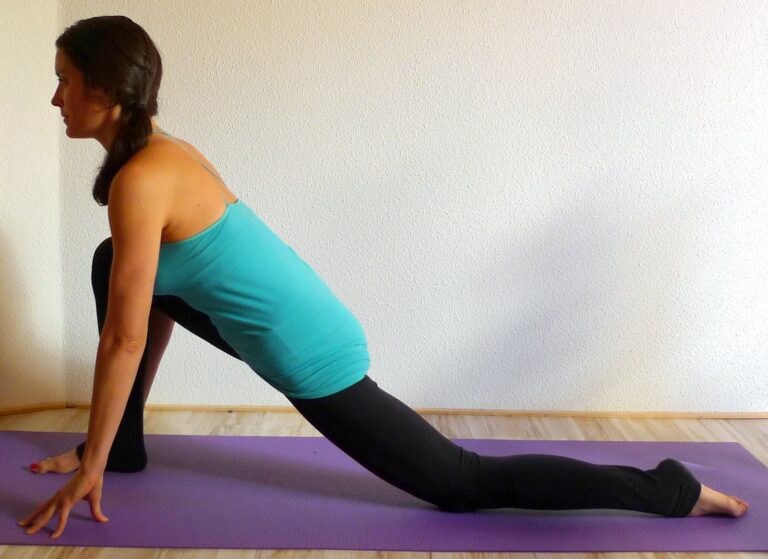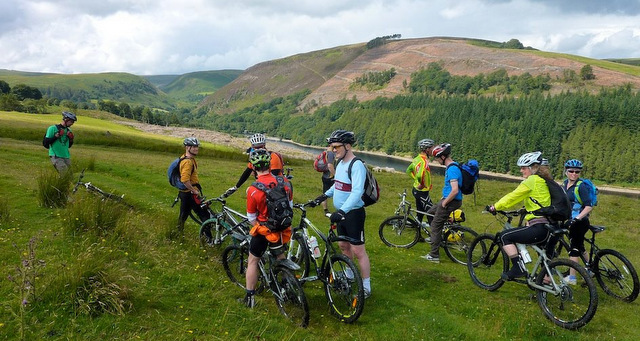We’ve asked Jo Somerset, founding director of BikeRight! the largest cycle training organisation in the UK, responsible for training 20,000 people a year, to offer some guidance on how to teach your child to cycle.
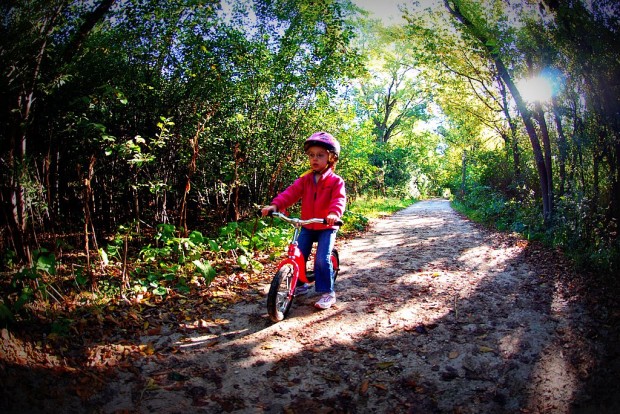
Cycling has often been cited as one of the universal skills for life, along with reading and swimming. Whatever their age or ability, nearly every child has the capacity to cycle.
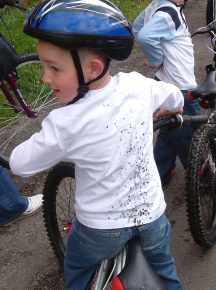
Everyone thinks that stabilisers are the right way for children to learn to ride a bike, but the real trick is learning to balance. Many children graduate from sit-on toys in the house to a balance bike, without pedals around the age of two. Use a specific balance bike such as Frog or Zooom or take the pedals off your child’s bike, (your local bike shop can do this for you), make the seat low, and let your little one scoot around to their heart’s content. Ditch the stabilisers.
The idea is that they whizz about, propelling themselves with their feet, and find their innate balance. As time goes on they will naturally start to lift their feet off the ground, and hey presto, the first stage of riding is complete.
I wish I had known this before teaching my son to cycle. I did it all wrong. At 8-years-old he just wasn’t a natural. The nightmare of bending, pushing, holding, balancing and encouraging, all while running, was one of the lowest points of my parenting experience. Now I know that it’s the children who should do all the work. As parents, our job is literally “hands off”: to stand back and encourage, but not to offer a helping hand as the child discovers their instinctive ability.
The balance method
Using BikeRight!’s balance method, choose an area of tarmac or hard short grass. Usually the local park will provide the ideal conditions – plus this is where your child is going to cycle in future.
The first step for anyone learning to ride is to know how to stop before they start. Make sure your two-year old’s balance bike has a brake so that children don’t get into the bad habit of ruining countless pairs of shoes by stopping with their feet.
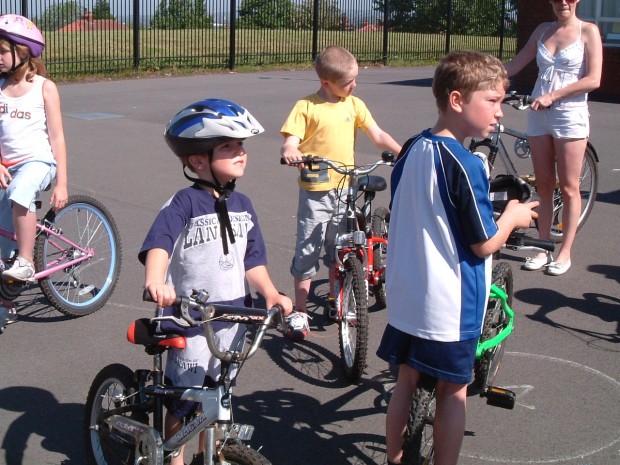
Don’t be tempted to buy older children a bicycle that is too big. It’s just a fact of life that children will go through several bikes as they grow; hopefully you’ll be able to do swaps with siblings, cousins, friends or neighbours.
Sean, a resident expert at BikeRight!, suggests that children can walk with the bike and practice steering and braking before they even sit on it. Then it’s a question of getting used to the bike, sitting on it, getting the feel of the brakes. “Tell them: don’t look at the bike, look ahead, that’s how to get the balance right. Keep that chin up.” He advises that a lot depends on the child and how determined they are to learn. “Don’t overdo it.” he warns. “Short bursts of learning work best.”
Once your child can ride, taking them out to traffic-free situations will increase their skill and instil the riding instinct in them. As they get older and more proficient they can ride on the pavement to the local shop, always stopping at junctions and crossing them under your supervision. It’s up to you to determine what a safe environment is, and whether your children can now bike to the playground. Our local Sustrans route (route 6 and 60) is 7 miles long – perfect for bribes, treats or other inducements such as picnics or blackberry picking.
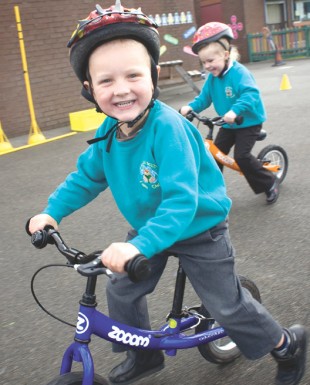
Kids learn cycling skills by playing out on their bikes. My friend’s 3-year old daughter habitually rode in circles in the living room but I’d suggest outside is better! “I taught my youngest lad when he was 3”, said Sean. “Feet on floor, heel down, scooting along on the pavement outside our house.”
As they ride around, your children and their friends will be developing skills in looking left and right and over their shoulder, speeding up and slowing down, braking, pushing harder on the pedals to go uphill, coping with faster speeds downhill. You don’t need to teach any of that, just be around to make sure they’re safe and not going to crash into a fence at the bottom of the hill. “Keep that chin up,” says Sean.
BikeRight! encourages parents to teach their children to ride using the balance method. We have also produced a package called PrePedal for nurseries to deliver balance bike ‘lessons’ for pre-school and key stage 1.
If a child has missed out or has specific issues around learning to ride, our staff are trained to teach them. Our expertise extends to teaching dyspraxic and autistic children. Liz Clarke, Managing Director, says “It may take longer but it’s perfectly possible – and important – for as many children as possible to gain this skill for life.” She recommends Simply Cycling, an all-ability cycling club in Manchester, where over 400 families a week use the adapted bikes and inclusive atmosphere of non-competitive cycling at an athletics track.
Stay strong
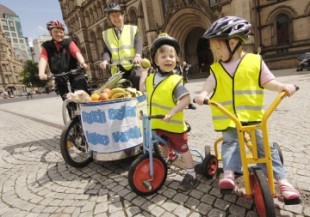
Be prepared for falls, grazed hands and scraped knees. My sister forced herself to say “Oh well, up you get and get back on” as her daughter lay in a crumpled heap aged 9 on the ground with her bike. Although she adores it now, learning to ride didn’t come easy to her (what is it about my family?).
With the improving weather cycling can become a regular habit. Can your children cycle with you to school and lock their bikes up there? When they’re in year 5 or 6 they will learn on-road cycling skills on their Bikeability course (something that will be covered in future articles). Until then, you should accompany them and judge for yourself if they are ready to ride on a quiet road, but beware of taking this step too early.
By teaching your child to ride a bike, you are giving them a skill for life and preventing future health problems. Knowing that you have opened up a world of fun and enjoyment where they take bike-riding for granted, and may even develop a love of cycling, you can happily say “Job done.” Good luck.

